Mortgage-For-Self-Employed
We know it is difficult as a self-employed to obtain a mortgage. As many self-employed are motivated to reduce their taxable income, it is challenging to provide proof of income, and makes it difficult for self-employed to qualify for a mortgage.
Being self-employed shouldn’t stop you from owning a home.
M.I.T works with a variety of lenders and has programs that were designed specifically for the self-employed borrower, unable to prove qualified income, to obtain mortgage financing with no income verification.
Each lender has a different guideline to define self-employment.
Most often self-employed business operation expenses are deducted from their gross income with fluctuated income from year to year. Self-employed can be:
- An individual who owns a large company and is paid a regular annual salary for that company.
- A couple who own and manage 6 rental properties
- An individual who works part time on a salary base, and part time as a self-employed in his basement.
- An individual who is 1/4 owner of a company with 2 other partners.
There are 3 ways a self-employed applicant can qualify for a mortgage loan.
1) Proven income – by qualifying the borrower based on the income reported to CRA.
The documentation we need to request from self-employed: three years financial statements, the income statement, and NOA’s.
Proven income mortgage products are less expensive than stated income products.
2) Add back - Some programs allow to add back some expenses to the net income. This increases the income figure used to qualify for the mortgage amount required.
For the most part, the only expenses that can be added back into income are One-time expenses for example one time legal expense, or soft costs such as rent for home office, company vehicle, etc.
3) Stated income – by using a stated income figure supplied by the borrower. The figure is not necessarily the same as the figure reported to the CRA. Allows a borrower to qualify for a mortgage on the income they say they make, rather than the amount showing on the tax return. If the borrower does not qualify based on the three year average, even with add backs, or the borrower does not want to provide income verification by way of financial statements
